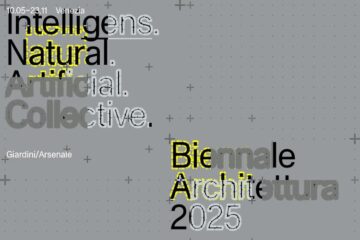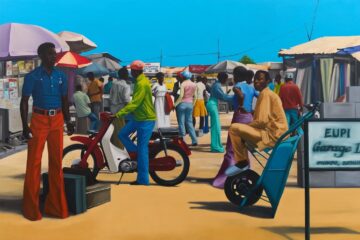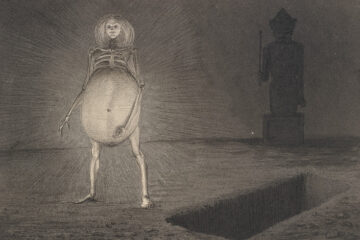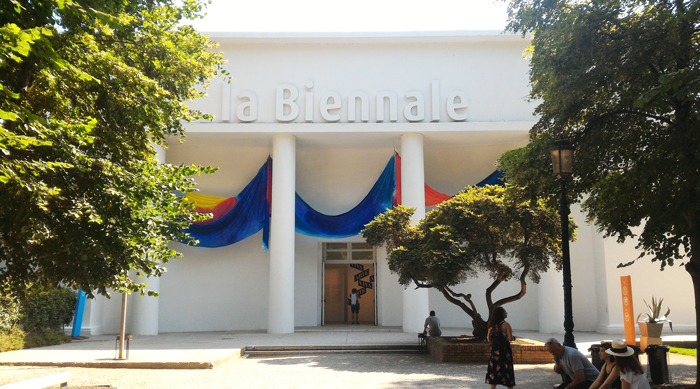
Everything is quite ready here in Venice for the upcoming opening of the Architecture Biennale 2018!
There are only a few days left to open and it is time to sum up the expectations created.
So, what can we expect from this great exhibition?
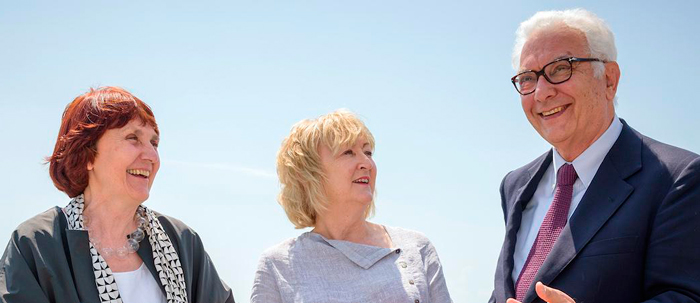 Image courtesy of La Biennale di Venezia
Image courtesy of La Biennale di Venezia
The president Paolo Baratta talks about «the aim of promoting the “desire” of architecture».
That’s because Architecture is not just a necessity, but something more: it is the opportunity, and the “desire” to do things right, to join Art (in the most comprehensive meaning) to the needs of “building construction” and “organization of space“.
And it’s precisely on the concept of “space as Architecture” that the exhibition will be focused.
The curators Yvonne Farrell e Shelley McNamara promoted the main theme of the Biennale: FREESPACE, «as a measure and a guide to finding cohesion within the diversity of an Exhibition of this enormous scale».
«We see architecture as the translation of need in its widest sense into meaningful space» they said.
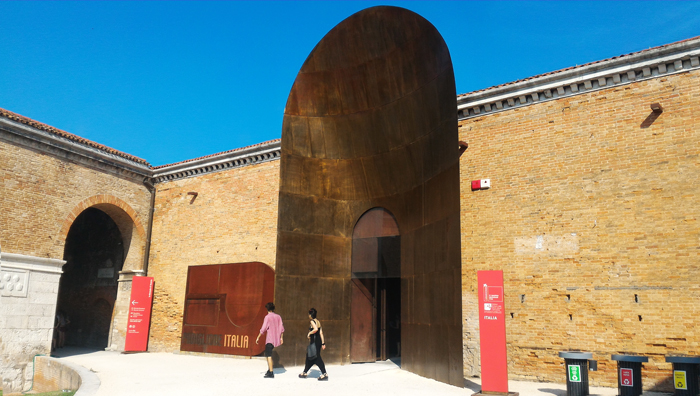 Image courtesy of the PhotoPhore
Image courtesy of the PhotoPhore
«But space, free space, public space can also reveal the presence or absence of architecture, if we understand architecture to be “thinking applied to the space where we live, that we inhabit”».
We can expect, therefore, the intention to investigate all the space around us, whether it is “internal” but above all “external” to buildings.
“Space“, indeed, and also “free“. How does Architecture deal with the space “among the buildings”?
It shouldn’t be only an “empty” space. How architects, with a (hope so) wise and professional work can add value to this [empty] “freespace”?
It’s the space in which we live a long part of our everyday life. It cannot be just space “among the buildings”, “among the architectures”. It is and should be part of the Architecture itself.
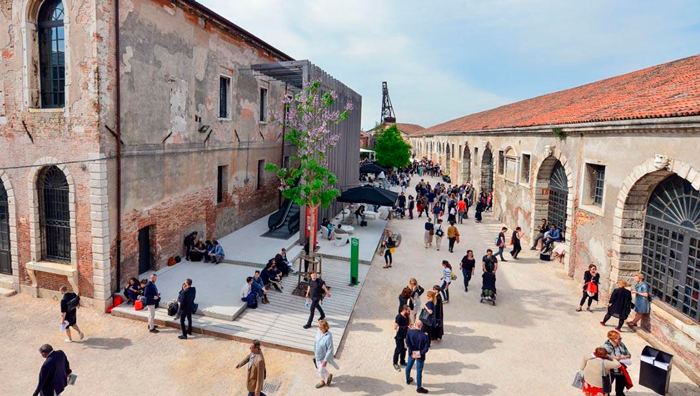 Image courtesy of La Biennale di Venezia
Image courtesy of La Biennale di Venezia
Freespace means the city, its roads and streets, its squares, but also the “inner” space, the space that receive and host the people, the “users”. The train stations, maybe, the public buildings’ courtyards. The gardens.
During the 90’s, this kind of space was named by Marc Augé, in his essay “Non-Places, introduction to an Anthropology of Supermodernity” [1992], just “non-place”.
And so, it’s time to give value to this “non-space“ and “non-place“.
It’s time to focus on it, meditate on it, and so work and re-evaluate it.
That’s what we should expect from the upcoming Architecture Biennale.
A concrete proof that the “freespace” is not just a “lost space“. At the contrary, it is a “valuable space” that allow us to deal with Architecture (in strict sense) in the best way. It should be “something more“, that enriches our everyday life. As “city users” but above all as a “civilized human beings”.
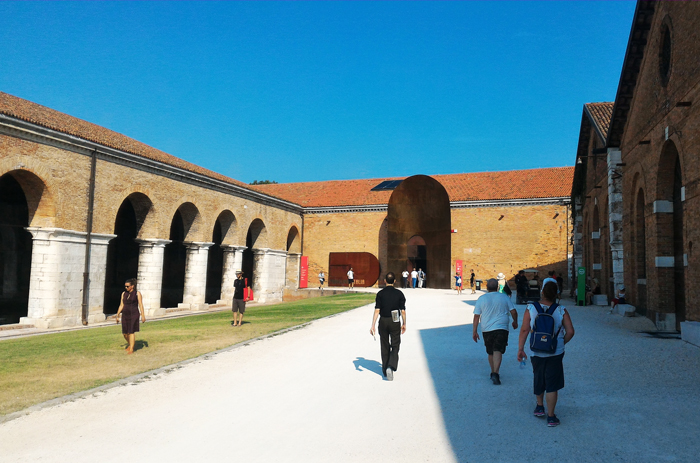 Image courtesy of the PhotoPhore
Image courtesy of the PhotoPhore
71 participants, selected directly by the curators, will be exhibited in the Biennale’s main path, from the Central Pavilion (Giardini) to the Arsenale.
And then 63 National Participations in the historic Pavilions at the Giardini, at the Arsenale and in the historic city centre of Venice. With 6 countries that will be participating for the first time: Antigua & Barbuda, Saudi Arabia, Guatemala, Lebanon, Pakistan and the Holy See, that will develop its own pavilion, located on the island of San Giorgio Maggiore, and that has already attracted much interest.
Two Special Projects, the “Forte Marghera Special Project” in Mestre, curated by Yvonne Farrell and Shelley McNamara, and the “Special Project at the Applied Arts Pavilion” in the Sale d’Armi in the Arsenale, reflecting upon the future of social housing.
And then the project “Meetings on Architecture“, an opportunity to discuss the different interpretations of the Manifesto FREESPACE with the protagonists of the Exhibition.
And 12 Collateral Events, promoted by non-profit national and international institutions, and exhibited all around the city.
And dozens of external and parallel events and exhibitions spread through the canals of Venice.
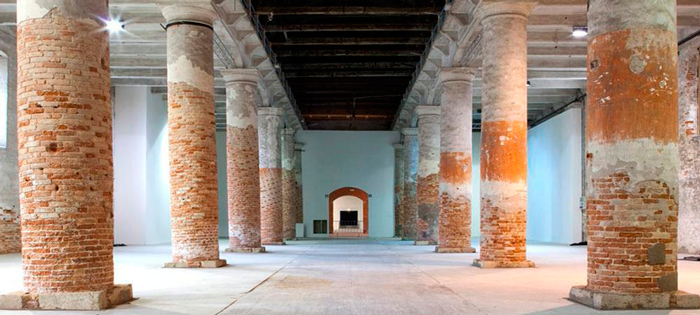 Image courtesy of La Biennale di Venezia
Image courtesy of La Biennale di Venezia
Great names of the World Wide Architecture scene will take part of the Biennale: Alvaro Siza, Eduardo Souto Moura, Peter Zumthor, BIG – Bjarke Ingels Group, Cino Zucchi, David Chipperfield, Alejandro Aravena (both already directors of the last editions of the Architecture Biennale, in 2012 and 2014 respectively), SANAA (Kazuyo Sejima, that directed the edition of 2010 + Ryue Nishizawa), Paulo Mendes da Rocha, Rafael Moneo and Toyo Ito, just to mention a very few of them.
So, the expectations are high and hard. Waiting for what’s going to happen!
We will keep you constantly posted on the PhotoPhore!
Image 01: courtesy of La Biennale di Venezia
Text by Domenico Fallacara | the PhotoPhore
